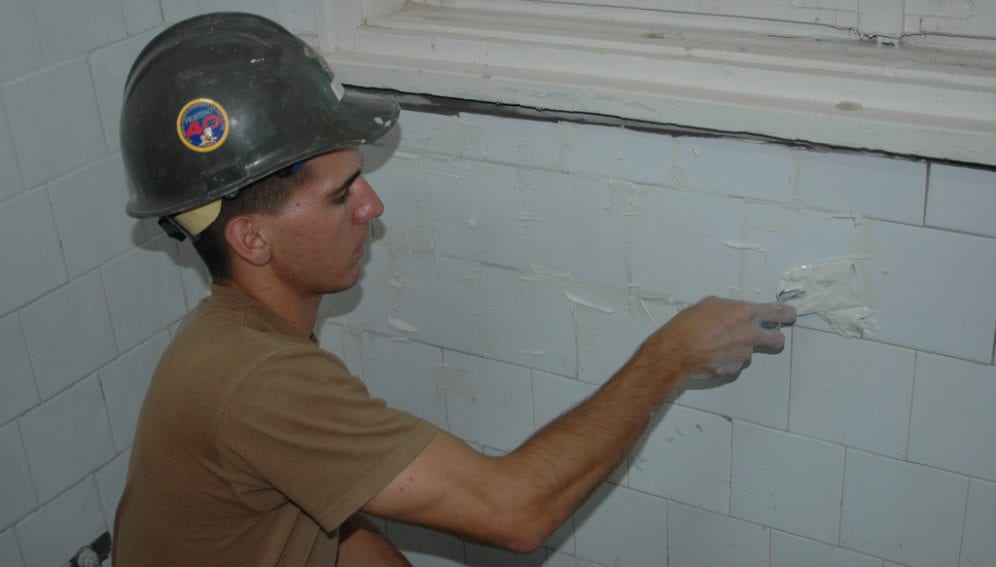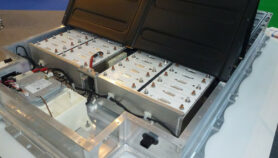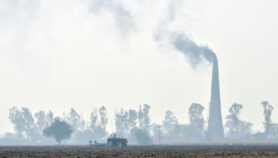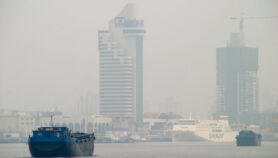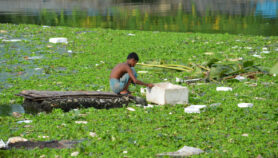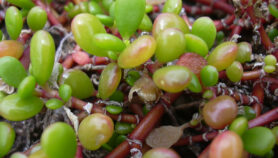By: Katrina Kaufman
Send to a friend
The details you provide on this page will not be used to send unsolicited email, and will not be sold to a 3rd party. See privacy policy.
[BANGKOK] The majority of decorative paints tested in six Asian and nine other developing countries around the world contain such high levels of lead that they could be putting people’s health at risk, according to a study.
It says that, while companies with the largest shares of the paint market in each of the Asian nations surveyed have lowered the lead levels in their products since a 2007 survey International POPs Elimination Network (IPEN), the majority of paints in these countries still have high lead content.
The report was published last month by the UN Environment Programme (UNEP) and IPEN, a global network set up to protect human health and the environment by ending the use of persistent organic pollutants.
The high lead content levels uncovered would not meet the regulatory standards of most industrialised countries, the report notes.
“Our goal is to shift the market in unleaded paints,” says Sara Brosché, manager of IPEN’s Asian Lead Paint Elimination Project. “In countries where there is no public awareness and legislation limiting the use of lead in paints, you will find high amounts of lead in paints.”
The Asian studies, conducted this year, examined decorative enamel paints from Bangladesh, Indonesia, Nepal, the Philippines, Sri Lanka and Thailand. In every country, at least 60 per cent of the paints tested contained lead at more than 90 parts per million (ppm) — the regulatory limit in the United States. Yet most of the paint cans contained little or no information on their labels about lead content.
In Thailand, 79 per cent of paints tested contained lead at more than 100 ppm. Even more unnervingly, half the paints labelled “lead free” contained lead at greater than 90 ppm.
“I was most shocked about Thailand,” says Perry Gottesfeld, president of Occupational Knowledge International, a non-profit organisation that works to build developing countries’ capacity relating to hazardous materials. “That’s a country that has a much better regulatory structure than most, yet there’s still a serious problem.”
Gottesfeld says that a certification programme should be implemented in which companies allow paint to be tested for lead and, in return, paint with no added lead would receive a certified label, assuring consumers of its safety.
The global study also analysed 244 paint samples from Argentina, Azerbaijan, Chile, Côte d‘Ivoire, Ethiopia, Ghana, Kyrgyzstan, Tunisia and Uruguay — all developing countries where no prior data existed on lead in paint. In five of the nine countries, more than 65 per cent of the paints tested exceeded 90 ppm. Few paint cans were also labelled with any information about lead. In seven of the nine countries, some paint samples tested had lead concentrations greater than 10,000 ppm.
In general, red, yellow and other coloured paints contained the highest lead content. Lead is often added to coloured paints as a pigment and drier. These decorative paints may be found on toys, playground equipment and in homes, raising the risk of lead poisoning. But aside from scientific testing, there is no way to identify lead in paint.
“The easiest way to minimise the risk of lead contamination is to regularly wipe away dust from the paint with a wet cloth,” says Brosché. “The lead ends up in household dust, so if you remove the dust, you remove the lead as well.”
She adds: “People may be tempted to remodel and scrape off the paint. That is even more dangerous because you create a lot of dust, which contains lead.”
Link to ‘Lead in Enamel Decorative Plants’
This article has been produced by SciDev.Net’s South-East Asia & Pacific desk.


